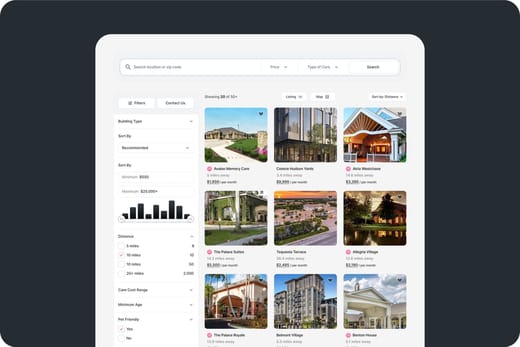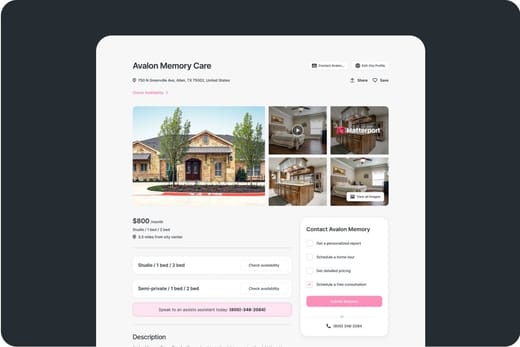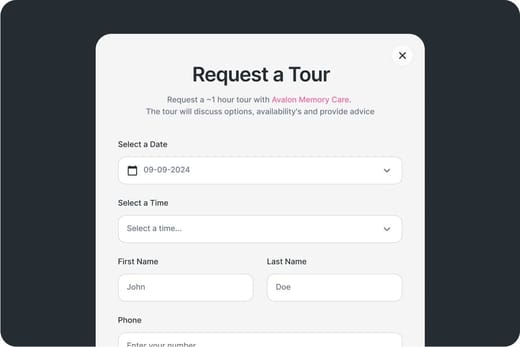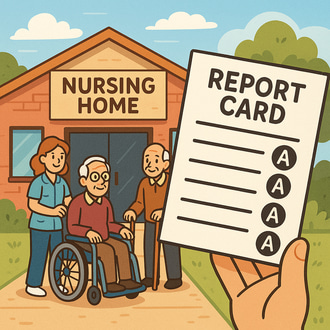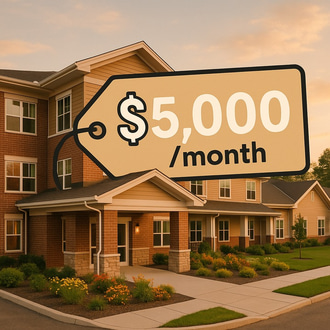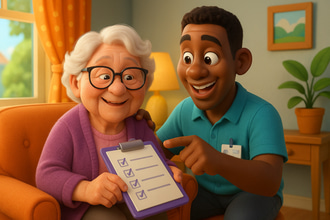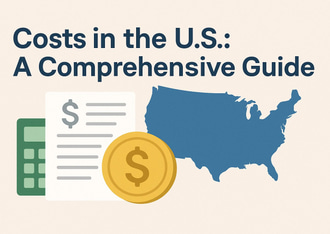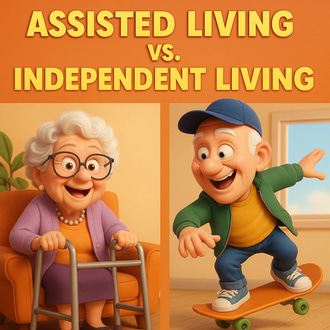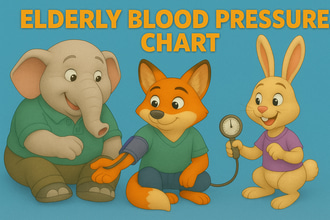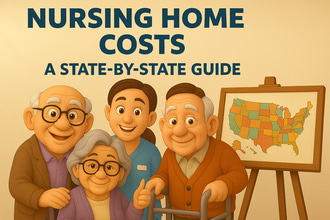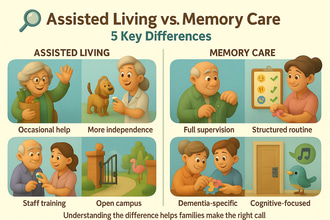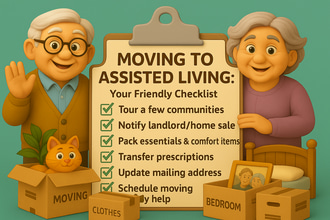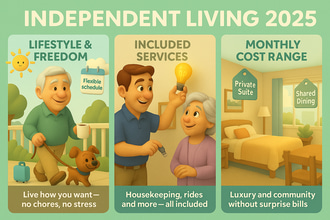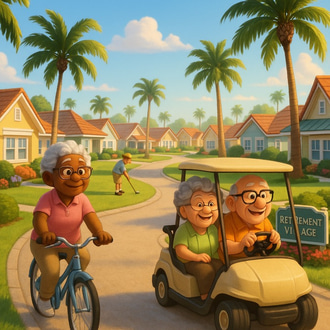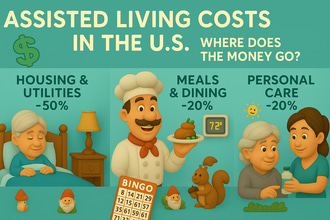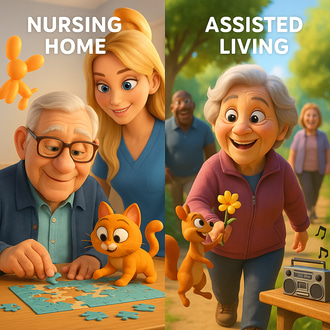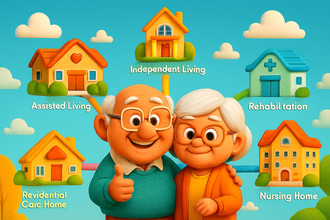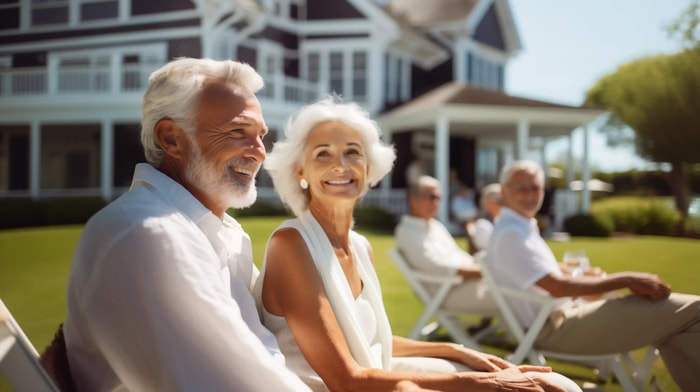When it comes to wellness, we often think in terms of step counts, workout classes, or fitness apps. But what if the secret to feeling better is hiding in plain sight—right on your town’s Main Street? Our recent survey of 3,000+ Americans revealed the most walkable and “feel-good” streets in the country.
And once we dug into the full list, a few patterns stood out.
Key Findings
The word “Main” really means something
For over half the list, most walkable streets are literally named “Main Street”—a testament to the enduring charm and centrality of these hubs. Whether it’s Wickford Village in Rhode Island or Deadwood, South Dakota, “Main Street” still signals community, character, and foot traffic.
Northeast nostalgia is strong
New England streets are over-indexed in the rankings. Massachusetts alone claims four spots (Chatham, Concord, Stockbridge, and the surprising dark horse, Main Street in tiny Shelbyville), while Vermont, Connecticut, and New Hampshire each have multiple entries.
Turns out, cobblestones and clapboard still tug on the heartstrings – and the hamstrings.
Alaska quietly dominates
Not one but three Alaskan streets made the top 50: Nome, Skagway, and Homer. That’s more per capita than any other state.
While Alaska may not be the first place you think of for strolls, locals clearly value walks that come with a sea breeze and a backdrop of mountains and memories.
Walkability isn’t just about the coast
While beach towns like Santa Barbara and Fort Lauderdale made the top 10, so did inland gems like Dahlonega, Georgia, and Bozeman, Montana.
People love to walk where there’s character, not just coastline.
South of the Mason-Dixon, hospitality leads the way
Streets in South Carolina, Georgia, Louisiana, and Tennessee scored high, not for urban walkability, but for warmth, street life, and sensory overload.
Gatlinburg’s Parkway and Charleston’s King Street both turned walking into something soulful, social, and slightly slow—and people love them for it.
Elevation doesn’t deter – it motivates
High-altitude towns like Breckenridge, CO, and Park City, UT, still ranked highly, despite the physical challenge.
In fact, that slight exertion seems to add to the wellness factor. If the air’s fresh and the view’s good, a bit of incline isn’t a dealbreaker—it’s a feature.
More than half the streets listed feature water
Whether it’s lakefront (Lake Placid, NY), riverside (Eureka Springs, AR), ocean-adjacent (Bar Harbor, ME), or harbor-based (Sag Harbor, NY), there’s something about walking near water that clearly boosts appeal.
It’s not just scenic—it’s calming, grounding, and good for your pace.
Walkability feels local, not urban
Very few large cities made the list. The focus was on smaller towns and mid-sized communities, where you’re more likely to make eye contact with strangers or recognize your barista. It’s walkability as a human scale, not infrastructure.
Final Thoughts
This list isn’t just a collection of pretty towns—it’s a quiet argument for designing places where walking is natural, not forced.
Where exercise feels more like leisure, and wellness sneaks up on you between coffee stops and gallery windows.
If we want to encourage healthier lifestyles, maybe we need more tree-lined sidewalks with a bookstore at one end and a bakery at the other.
Methodology
Online panel survey of 3,007 respondents based on age, gender, and geography. Internal data sources are used to obtain population data sets. We used a two-step process to ensure representativeness through stratified sampling and post-stratification weighting.
Respondents are carefully chosen from a geographically representative online panel of double opt-in members. This selection is further tailored to meet the precise criteria required for each unique survey. Throughout the survey, we design questions to carefully screen and authenticate respondents, guaranteeing the alignment of the survey with the ideal participants.
To ensure the integrity of our data collection, we employ an array of data quality methods. Alongside conventional measures like digital fingerprinting, bot checks, geo-verification, and speeding detection, etc. each response undergoes a thorough review by a dedicated team member to ensure quality and contextual accuracy. Our commitment extends to open-ended responses, subjecting them to scrutiny for gibberish answers and plagiarism detection.

